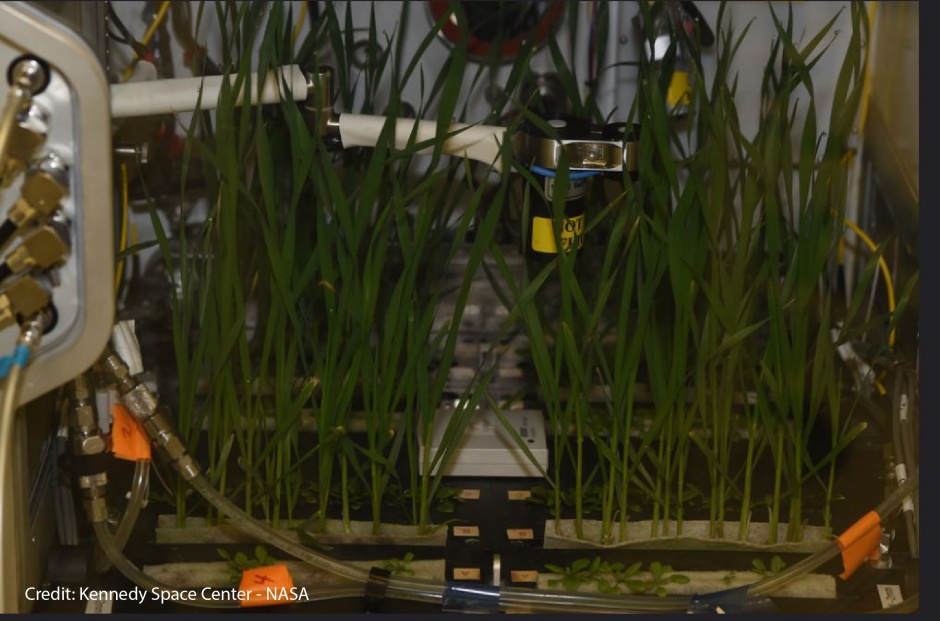Space garden to grow food crops aboard ISS
An automated “space garden”, that’s expected to advance the understanding of how to grow crops in space, has been installed aboard the International Space Station.

Jointly developed by engineers from NASA and Sierra Nevada Corporation, the so-called Advanced Plant Habitat (APH) will be used to grow plants in microgravity, test new technologies and conduct controlled science experiments, which are expected to be key in making agriculture and fresh food more prominent in extended space exploration.
Around the size of a small kitchen oven, the APH closely controls and regulates parameters such as temperature, humidity, light levels, photoperiods, moisture provided to specimens, CO2 levels, ethylene levels and air flow. The APH system uses red, blue, green and a broad spectrum of white LED lights.
Among other plants, Arabidopsis seeds will be grown, which are small flowering plants related to cabbage and mustard. Changes in this plant type are easily observed, making it a very useful model.
Data gathered from 180 sensors within the habitat will be relayed back in-real time to NASA’s Kennedy Space Center (KSC).
Register now to continue reading
Thanks for visiting The Engineer. You’ve now reached your monthly limit of news stories. Register for free to unlock unlimited access to all of our news coverage, as well as premium content including opinion, in-depth features and special reports.
Benefits of registering
-
In-depth insights and coverage of key emerging trends
-
Unrestricted access to special reports throughout the year
-
Daily technology news delivered straight to your inbox










UK Enters ‘Golden Age of Nuclear’
The delay (nearly 8 years) in getting approval for the Rolls-Royce SMR is most worrying. Signifies a torpid and expensive system that is quite onerous...